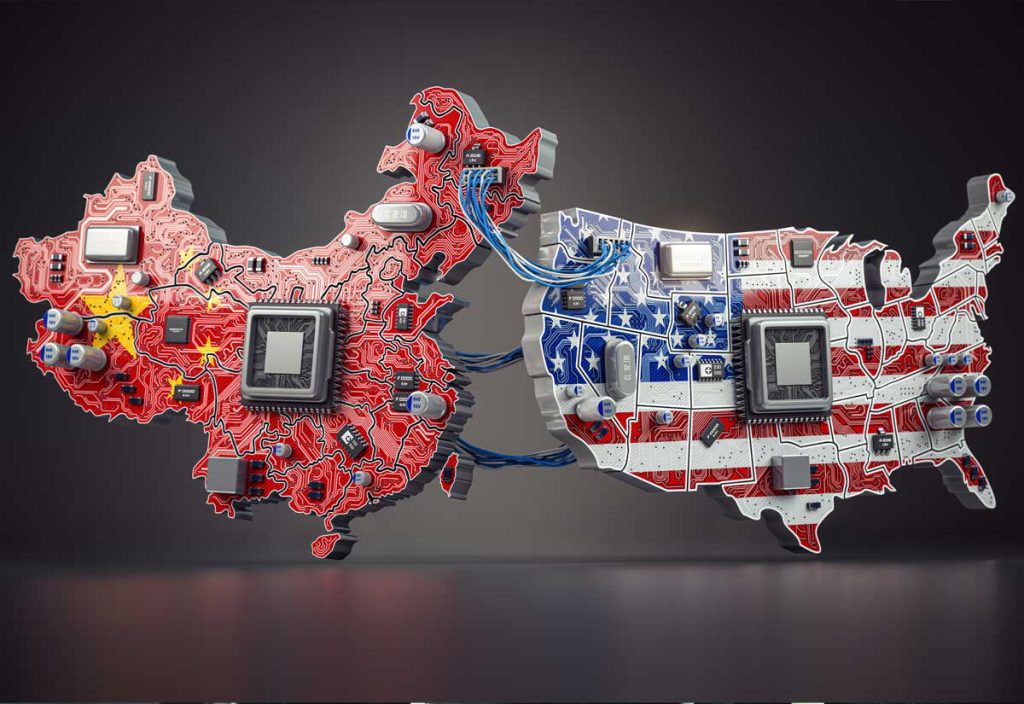DeepGreen Metals to Extract Cobalt from Seafloor
Canadian start-up company, DeepGreen Metals, will embark on an exploration of the Clarion-Clipperton Zone (CCZ) to extract cobalt and other battery metals from the seafloor of the Pacific Ocean. The seafloor of the CCZ, a 4,000 kilometer cut of the Pacific Ocean extending from Mexico to the Hawaiian Islands, contains billions of small to medium size rocks which lie in a shallow layer of mud.
DeepGreen intends to conduct several feasibility studies to be completed by 2023. Financed by a Swiss offshore pipeline company, DeepGreen’s seabed mining project signifies progress for the stalled deep sea mining sector.
What Is Seabed Mining?
When reading news and blogs about the deep sea mining sector, you’ll notice many outlets interchange “deep sea mining” and “seabed mining.” Upon closer investigation, they’re actually two different things.
The Ocean Foundation defines seabed mining as the extraction of submerged minerals and deposits from the seafloor, and deep sea mining as extracting deposits near underwater hot springs or hydrothermal vents in the ocean.
From a depth perspective, seabed mining occurs at shallower depths, while deep water mining occurs below 500 meters.
Types of Metals on the Seafloor
DeepGreen is targeting specific seafloor nodule deposits which contain nickel, manganese, copper, and cobalt, but other metals also lie in the Pacific Ocean and around the globe. Countries and private companies have their eyes on three main types of seafloor deposits for mining and extraction:
- Metallic nodules, like those above, with nickel, cobalt, copper, and manganese
- Sulfides, which include copper, lead, zinc, gold, and silver
- Cobalt-rich manganese crust, which also includes vanadium, molybdenum, platinum, and tellurium
If DeepGreen and other seabed mining companies can safely and efficiently extract metals from the nodules in the CCZ, the globe will have more than enough base metal resources for the world to have a clean energy economy. These metals can be used to make batteries for electric cars, as well as provide clean energy for other purposes.
Methods of Extraction
DeepGreen prides themselves on taking an environmental friendly approach to extract metallic deposits from the seafloor of the CCZ. They, in conjunction with their partners, are developing technology to harvest nodules from the seafloor and transport them to the surface, between four and six kilometers above, making this a less disruptive approach than mining battery metals from the surface.
Some reasons seabed mining is superior to terrestrial mining include:
- Ocean nodules create more than 75 percent less carbon dioxide compared to producing battery metals from land mines.
- Harvesting metallic nodules doesn’t require blasting, drilling, or digging.
- Many battery metal mines are located in Africa, in places like the Congo, which are difficult to access.
- Repeated investigations have revealed that many cobalt, and other metal mines in Africa use child labor. According to the Washington Post, Congolese mines employed children who dug hundreds of feet into the ground with their hands. These mines were Apple’s primary cobalt source, used to make lithium ion phone batteries.
- Seabed mining eliminates terrestrial dangers such as landslides and collapsing pits.
About Resource Erectors
At Resource Erectors we match skilled engineers, operations managers, and tech professionals with North America’s best companies. If you have experience in deep water mining, or looking to build a skilled team for your deep water mining project, we invite you to contact us and discover how we can assist you.








